
THE PINOTAGE STORY
The Genesis of a Champion Wine

PINOTAGE HAS A RICH HISTORY THAT DATES BACK TO OVER 90 YEARS.
In 1925, Abraham Izak Perold, the first Professor of Viticulture at Stellenbosch University, pursued his vision to create a new grape variety that would reflect the best qualities of Hermitage (Cinsaut) and Pinot Noir, a grape that makes great wine but can be difficult to grow.
In 1925, Abraham Izak Perold, the first Professor of Viticulture at Stellenbosch University, pursued his vision to create a new grape variety that would reflect the best qualities of Hermitage (Cinsaut) and Pinot Noir, a grape that makes great wine but can be difficult to grow.
Perold planted the four seeds from his cross in the garden of his official residence at Welgevallen Experimental Farm and then apparently forgot about them.
In 1927 he left the university to take up a job with KWV co-operative and the garden became overgrown. The university sent in a team to tidy it up, just as Charlie Niehaus happened to pass by. He was a young lecturer who knew about the seedlings, and rescued them from the clean-up team.
Perold planted the four seeds from his cross in the garden of his official residence at Welgevallen Experimental Farm and then apparently forgot about them.
In 1927 he left the university to take up a job with KWV co-operative and the garden became overgrown. The university sent in a team to tidy it up, just as Charlie Niehaus happened to pass by. He was a young lecturer who knew about the seedlings, and rescued them from the clean-up team.

THE RESCUED PLANTS FELL UNDER THE CARE OF CJ THERON WHO WAS PEROLD’S SUCCESSOR AT ELSENBURG AGRICULTURAL COLLEGE. THERON GRAFTED THEM ONTO NEWLY ESTABLISHED RICHTER 99 AND RICHTER 57 ROOTSTOCK AT WELGEVALLEN IN 1935. ONE DAY, THERON SHOWED THE NEWLY GRAFTED VINES TO PEROLD, WHO STILL VISITED HIS FORMER COLLEAGUES. SOON AFTER THE BEST SAMPLE WAS SELECTED FOR PROPAGATION AND CHRISTENED
THE RESCUED PLANTS FELL UNDER THE CARE OF CJ THERON WHO WAS PEROLD’S SUCCESSOR AT ELSENBURG AGRICULTURAL COLLEGE. THERON GRAFTED THEM ONTO NEWLY ESTABLISHED RICHTER 99 AND RICHTER 57 ROOTSTOCK AT WELGEVALLEN IN 1935. ONE DAY, THERON SHOWED THE NEWLY GRAFTED VINES TO PEROLD, WHO STILL VISITED HIS FORMER COLLEAGUES. SOON AFTER THE BEST SAMPLE WAS SELECTED FOR PROPAGATION AND CHRISTENED
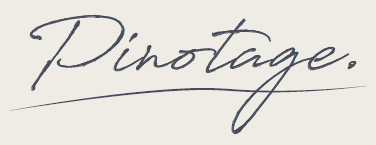
And so Myrtle Grove farm near Sir Lowry’s Pass played host to the first commercial plantings of Pinotage. In 1941, the first wine was made at Elsenburg and Pinotage vines were also planted at the Kanonkop Estate.
In 1927 he left the university to take up a job with KWV co-operative and the garden became overgrown. The university sent in a team to tidy it up, just as Charlie Niehaus happened to pass by. He was a young lecturer who knew about the seedlings, and rescued them from the clean-up team.
TODAY THIS PINOTAGE LEADER IS FAMED
FOR ITS WINES THAT CAN MATURE UP TO
25 YEARS.
TODAY THIS PINOTAGE LEADER IS FAMED FOR ITS WINES THAT CAN MATURE UP TO 25 YEARS.
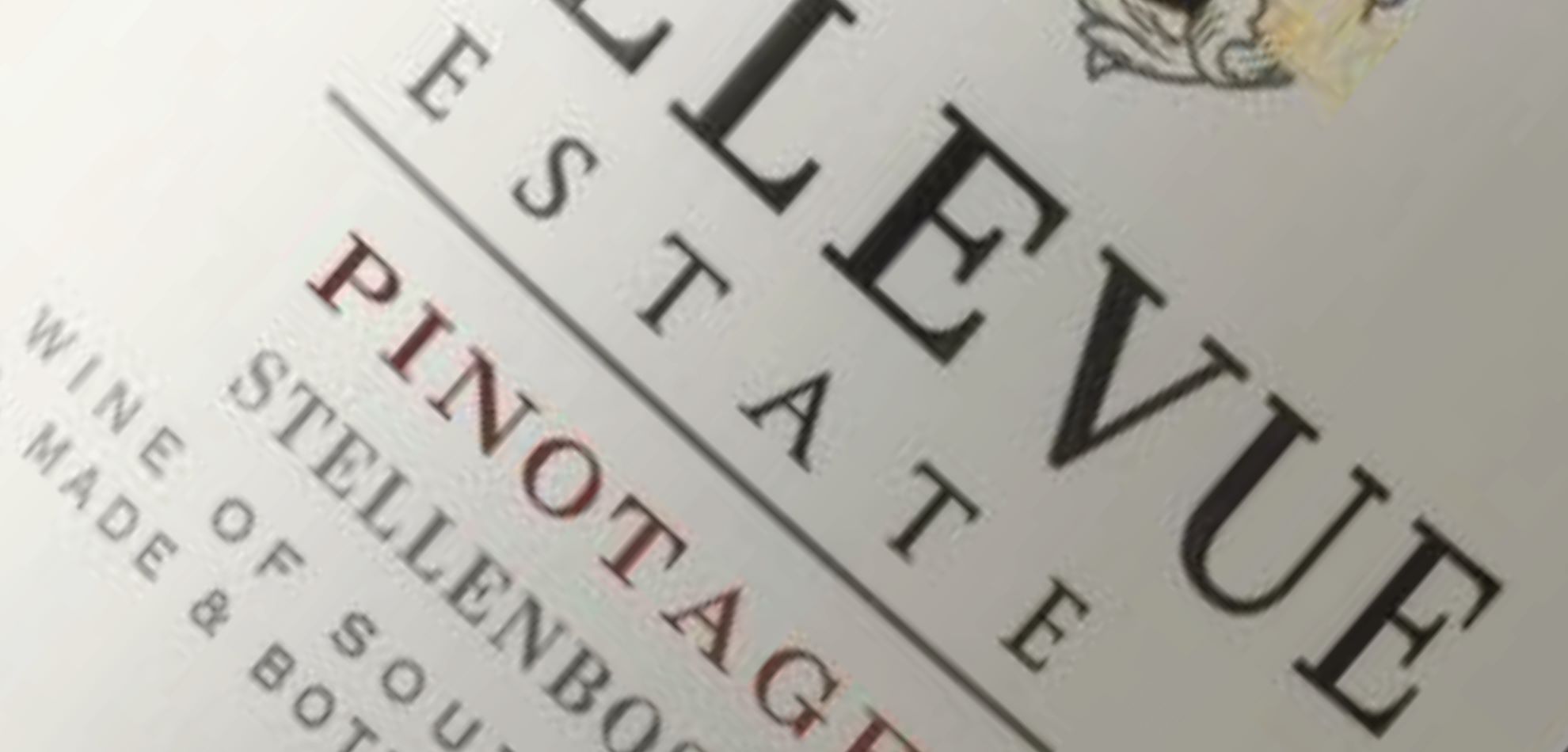
However, the first real recognition only came in 1959 at the Cape Wine Show. Here Bellevue wine, made from the humble Pinotage, became the champion wine that won the SA Young Wine General Smuts trophy.
The same trophy was awarded to a Kanonkop Pinotage in 1961, truly announcing the arrival of the new SA varietal.
Still, the christened grape had yet to see its name on a label. Only once this same wine was marked under the Lanzerac brand by Stellenbosch Farmers’ Winery in 1961, did the name Pinotage appear on a label.
From here, a wave of planting promoted by early success and easy viticulture washed over the 60s.
However, the first real recognition only came in 1959 at the Cape Wine Show. Here Bellevue wine, made from the humble Pinotage, became the champion wine that won the SA Young Wine General Smuts trophy.
The same trophy was awarded to a Kanonkop Pinotage in 1961, truly announcing the arrival of the new SA varietal.
Still, the christened grape had yet to see its name on a label. Only once this same wine was marked under the Lanzerac brand by Stellenbosch Farmers’ Winery in 1961, did the name Pinotage appear on a label.
From here, a wave of planting promoted by early success and easy viticulture washed over the 60s.


While it was recognised for its easy cultivation, its nose and taste came under criticism in the early years. It is also still judged by some for being a New World Wine that doesn’t draw from European influences and flavours, despite being a cross from a Burgundy and Rhône grape.
The grape has seen its plantings rise and fall with the changing South African wine trends. In the early 1990s, the world’s wine market ignored Pinotage, but the grape’s fortunes turned and by 1997 it commanded higher prices than any other South African grape.
While it was recognised for its easy cultivation, its nose and taste came under criticism in the early years. It is also still judged by some for being a New World Wine that doesn’t draw from European influences and flavours, despite being a cross from a Burgundy and Rhône grape.
The grape has seen its plantings rise and fall with the changing South African wine trends. In the early 1990s, the world’s wine market ignored Pinotage, but the grape’s fortunes turned and by 1997 it commanded higher prices than any other South African grape.
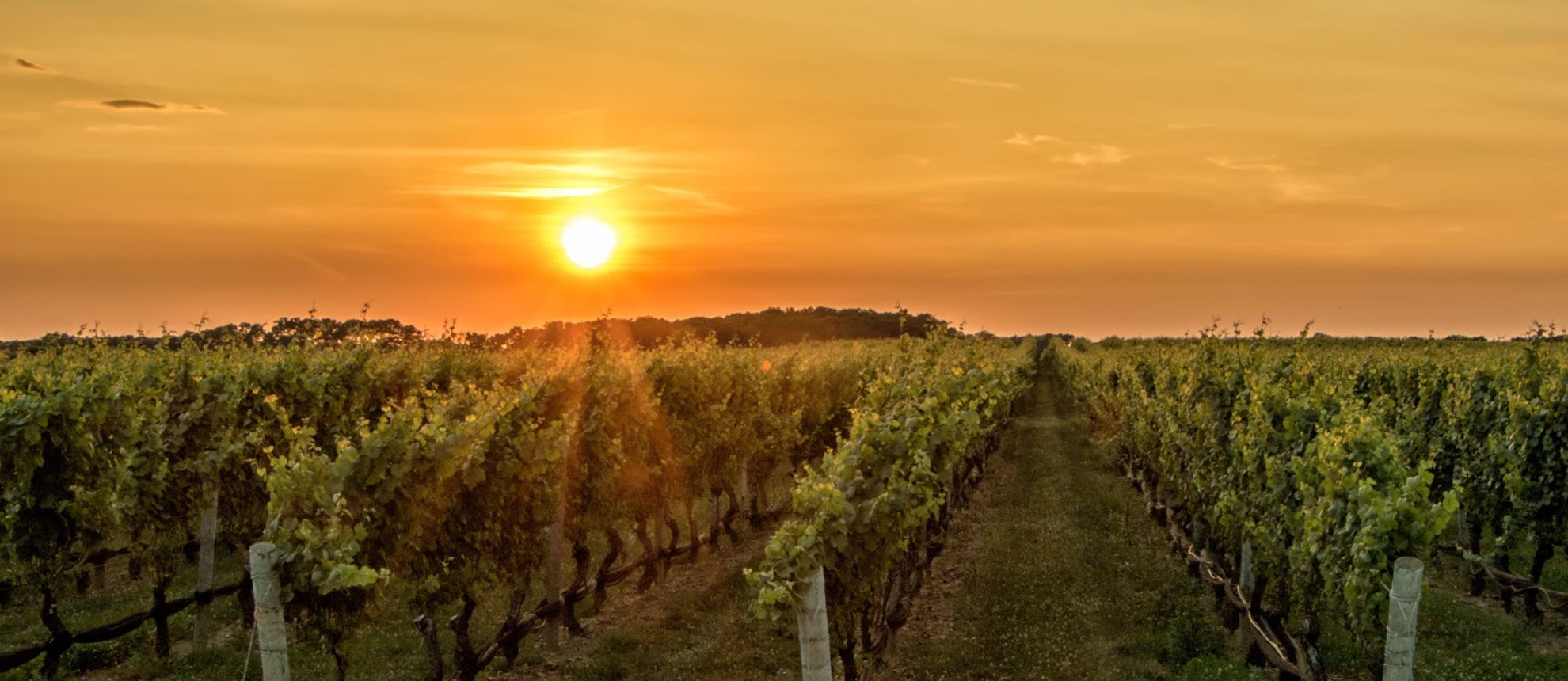

THE ART OF CREATING PINOTAGE
Pinotage vines are easy to grow via a trellised system or as bush vines and are wonderfully vigorous. These characteristics can of course be attributed to its Cinsaut parent. Older Pinotage vineyards, predominantly planted as bushvines, are thought to lend more concentration of fruit and depth to the wine.
MUCH OF THE ART OF CREATING PINOTAGE LIES IN CONTROLLING THE COARSENESS OF THE GRAPE AND THE ISOAMYL ACETATE CHARACTER. IT’S ALL ABOUT TAMING NEGATIVE CHARACTERISTICS WHILE MAINTAINING ITS FRUITINESS. FOR EXAMPLE, SHORT AND COOL FERMENTATION PERIODS, AS WELL AS EXPOSURE TO FRENCH AND AMERICAN OAK, HELP MINIMISE THE VOLATILE ESTERS.
Pinotage vines are easy to grow via a trellised system or as bush vines and are wonderfully vigorous. These characteristics can of course be attributed to its Cinsaut parent. Older Pinotage vineyards, predominantly planted as bushvines, are thought to lend more concentration of fruit and depth to the wine.
MUCH OF THE ART OF CREATING PINOTAGE LIES IN CONTROLLING THE COARSENESS OF THE GRAPE AND THE ISOAMYL ACETATE CHARACTER. IT’S ALL ABOUT TAMING NEGATIVE CHARACTERISTICS WHILE MAINTAINING ITS FRUITINESS. FOR EXAMPLE, SHORT AND COOL FERMENTATION PERIODS, AS WELL AS EXPOSURE TO FRENCH AND AMERICAN OAK, HELP MINIMISE THE VOLATILE ESTERS.
SOME GRAPES HAVE THE POTENTIAL TO PRODUCE DEEP-COLOURED, FRUITY WINES THAT CAN BE ACCESSIBLE EARLY AS WELL AS AGE.
SOME GRAPES HAVE THE POTENTIAL TO PRODUCE DEEP-COLOURED, FRUITY WINES THAT CAN BE ACCESSIBLE EARLY AS WELL AS AGE.
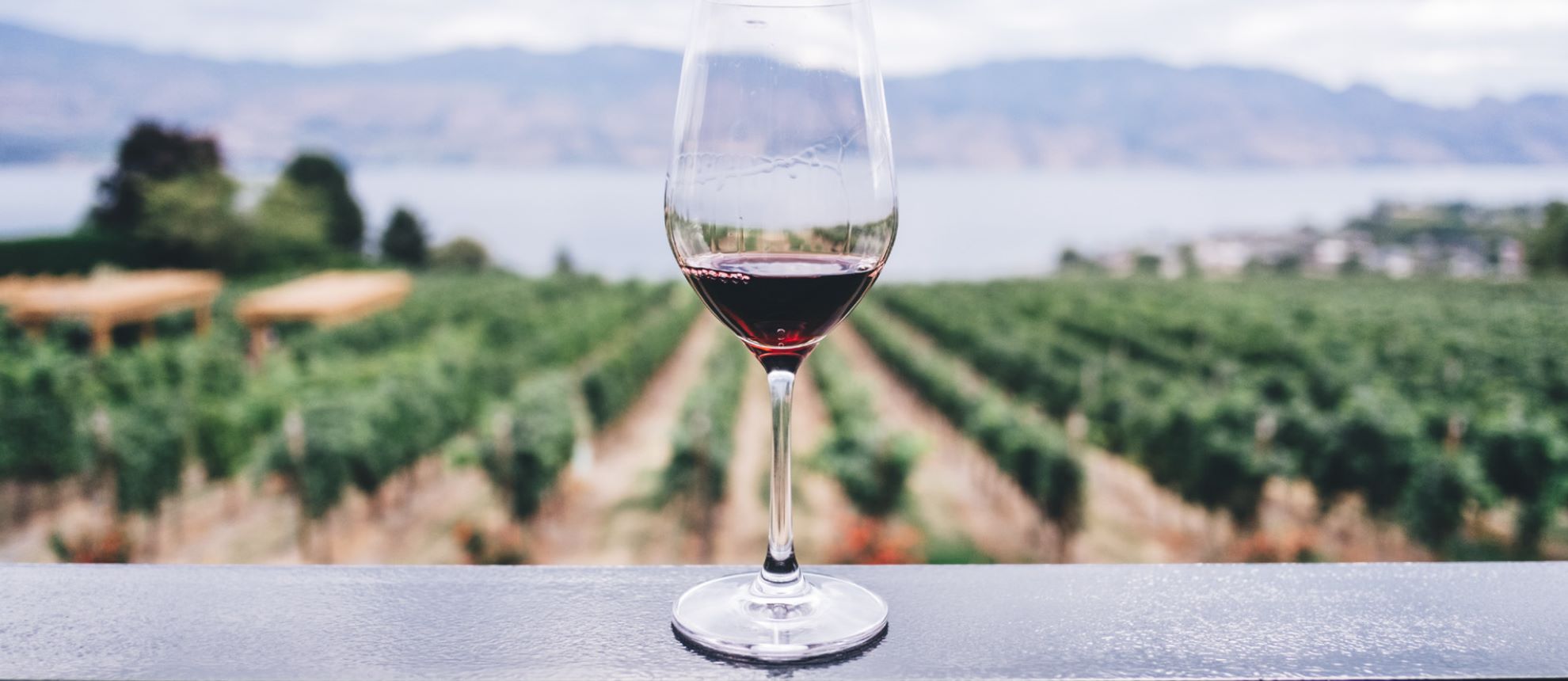

TODAY’S ACCOLADES FOR QUALITY PINOTAGE WINES
It is the age of bright and juicy Pinotages that flaunt the fruit rather than the oak; an expression that shows real finesse with less ripe extraction.
OF THE TOP 10 MOST-PLANTED WINE GRAPE VARIETIES IN SOUTH AFRICA, PINOTAGE IS THE ONLY RED CULTIVAR TO HAVE GROWN IN HECTARES BETWEEN 2007 TO 2017 EVEN THOUGH IT ONLY REPRESENTS 7.4% OF VINEYARD AREAS. THE MAJORITY OF THE WORLD’S PINOTAGE PLANTINGS IS STILL FOUND IN SOUTH AFRICA.
It is the age of bright and juicy Pinotages that flaunt the fruit rather than the oak; an expression that shows real finesse with less ripe extraction.
OF THE TOP 10 MOST-PLANTED WINE GRAPE VARIETIES IN SOUTH AFRICA, PINOTAGE IS THE ONLY RED CULTIVAR TO HAVE GROWN IN HECTARES BETWEEN 2007 TO 2017 EVEN THOUGH IT ONLY REPRESENTS 7.4% OF VINEYARD AREAS. THE MAJORITY OF THE WORLD’S PINOTAGE PLANTINGS IS STILL FOUND IN SOUTH AFRICA.
THE PROOF OF PINOTAGE’S INCREDIBLE GROWTH AND SUCCESS IS IN THE SALES, WITH EXPORTS CONTRIBUTING AN ESTIMATED R495 MILLION TO THE LOCAL ECONOMY IN 2017.
THE PROOF OF PINOTAGE’S INCREDIBLE GROWTH AND SUCCESS IS IN THE SALES, WITH EXPORTS CONTRIBUTING AN ESTIMATED R495 MILLION TO THE LOCAL ECONOMY IN 2017.
TODAY, A FULL RANGE OF STYLES ARE ENJOYED – FROM EASY-DRINKING QUAFFING WINE AND ROSÉ, TO BARREL-AGED WINE INTENDED FOR CELLARING. THE LIST ALSO INCLUDES A FORTIFIED ‘PORT WINE’ STYLE, A RED SPARKLING WINE AND COFFEE STYLED PINOTAGE.
This grape cultivar has blossomed and the supported existence of organisations, accolades and numerous competitions confirm the trend of quality Pinotage wines.
TODAY, A FULL RANGE OF STYLES ARE ENJOYED – FROM EASY-DRINKING QUAFFING WINE AND ROSÉ, TO BARREL-AGED WINE INTENDED FOR CELLARING. THE LIST ALSO INCLUDES A FORTIFIED ‘PORT WINE’ STYLE, A RED SPARKLING WINE AND COFFEE STYLED PINOTAGE.
This grape cultivar has blossomed and the supported existence of organisations, accolades and numerous competitions confirm the trend of quality Pinotage wines.

2019 ABSA TOP 10 PINOTAGE WINNERS

Anura Pinotage Reserve 2016
Simonsberg-Paarl, Winemaker: Stander Maass
Badsberg Pinotage 2018
Breedekloof, Winemaker: Henri Swiegers
Beyerskloof Winemaker’s Reserve Pinotage 2017
Stellenbosch, Winemaker: Anri Truter
Diemersdal Pinotage Reserve 2018
Durbanville, Winemaker: Thys Louw
Fleur du Cap Series Privée Pinotage 2016
Coastal Region, Winemaker: Pieter Badenhorst
Kanonkop Pinotage 2015
Simonsberg-Stellenbosch, Winemaker: Abrie Beeslaar
Survivor Pinotage 2017
Swartland, Winemaker: Ben Snyman
Simonsig Redhill Pinotage 2017
Stellenbosch, Winemaker: Debbie Thompson
Vondeling Bowwood Pinotage 2016
Voor Paardeberg, Winemaker: Matthew Copeland
Wildekrans Pinotage Barrel Select Reserve 2016
Botrivier, Winemaker: Braam Gericke

THE PINOTAGE STORY IS THE EPITOME OF ALL THAT IS EXCEPTIONAL AND UNIQUE ABOUT PINOTAGE.
THE PINOTAGE STORY IS THE EPITOME OF ALL THAT IS EXCEPTIONAL AND UNIQUE ABOUT PINOTAGE.

Accommodation

Where else would one rest after an enriching day but at the prestigious five-star Lanzerac Hotel, newly renovated and as iconic as ever.

A Way with Wines

Immerse yourself in the rich South African history of Pinotage wine as you spend your time discovering select wine farms, meeting winemakers, tasting exceptional wines and experiencing unique gastronomy.

The Story Continues
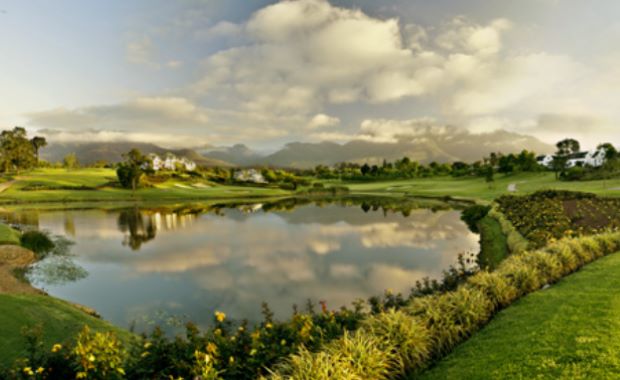
Add chapters to the story with more culinary and wine moments, golfing adventures, the Nederburg Auction, a safari soirée or even beach break.
